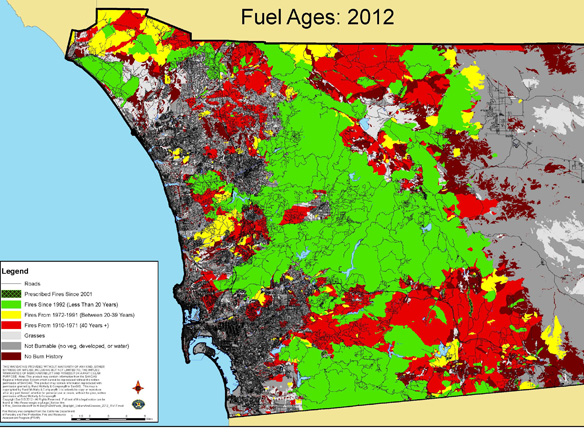The third straight dry winter in a row has left California in what is being called the worst drought in the state’s recorded history, with Gov. Jerry Brown calling for an immediate reduction of water use by twenty percent. The snow pack that provides water and reservoir levels are both far below the comfort zone. Even if Southern California gets good rainfall from now until the end of the rainy season in April, we will not reach normal rainfall levels, even if we get a stretch of “gully washer” storms.
The third straight dry winter in a row has left California in what is being called the worst drought in the state’s recorded history, with Gov. Jerry Brown calling for an immediate reduction of water use by twenty percent. The snow pack that provides water and reservoir levels are both far below the comfort zone. Even if Southern California gets good rainfall from now until the end of the rainy season in April, we will not reach normal rainfall levels, even if we get a stretch of “gully washer” storms.
This is hardly new to California. San Diego is dependent on import water from the Sacramento/San Jacinto Delta. This and the geography and geology of the region places East County at a distinct disadvantage. The good news is that San Diego County is closer to diversifying its options for drought proofing and conservation efforts. Because of the East County terrain, sixty to seventy percent of water is used outdoors.
Conservation, the first thing residents can do, is a win-win for the supply and consumer.
“Utilities have tried to hold down rates for as long as possible,” said Richard Atwater, Executive Director of the Southern California Water Committee.
Still, more can be done and the industry is changing to drought-proof the region, to prepare for a larger scale drought that Atwater said “could happen within the next ten years,” if the winters continue to be dry. “
The cycle of a drought is drought, fire, and then flood. Dry conditions lead to brush fires, and without brush, floods reach communities. The pain of this cycle is felt all over.
Floodwater can be captured and used with rain barrels or gullies. But with no rain, conservation take creative methods.
“Water twice a week, at night,” Atwater said.
Simple switches, like taking out lawns and putting in drought-resistant plants as landscapes can earn rebates, keep more water in reservoirs, and lower water bills. Some clever conservation can go a long way while a long-term plan is put in place by different agencies.
In the California Water Action Plan released by Brown in January, ten action items are listed, requiring collaboration between multiple levels of government, tribal governments, regional agencies, and the public and private sectors to manage the current drought and prepare for a worse one.
“Conserve. Self-reliance, like storm-water and recycling. And drought-proofing the supply, like they’re doing in Carlsbad with the desalination plant,” Atwater said.
Moving towards less dependence on import water is is the plan for San Diego. SANDAG cites developing groundwater, conservation, water recycling and seawater desalination to “cut the region’s reliance on imported water from nearly 90 percent today to between 54 percent and 63 percent by 2020.”
Atwater reinforced the need for such joint efforts and cooperation required of everyone, from the authorities to the consumer who leaves the water on while brushing their teeth. “Water recycling is being discussed in San Diego on a smaller scale,” Atwater said. “The water we save today is water we can use in the future.”
For rebates, incentives and offers, go to the Water Smart web page, watersmartsd.org and saveourh2p.org. Information about rebates, incentives and other offers can be found at www.sandiego.gov/water/conservation/residentialoutdoor.














